In line with our review of the Nokia 808, we decided to make a separate article about the technology behind its camera to give you a better perspective on how PureView utilizes the awesome hardware of the 808.

To better understand how Nokia uses the 808’s ginormous sensor to produce stunning images, we need to take a closer look at these three key aspects; Resolution, Pixel oversampling and Lossless digital zoom.
Resolution
There are two things that we need to bear in mind when dealing with pixels in a digital camera; the input/sensor resolution and the output resolution. Input resolution is the number of available pixels in the sensor, while the latter is the actual number of pixels in an image.
The Input Resolution is constant; Output resolution on the other hand is not, but the value is dictated by Aspect Ratio you’re shooting in. In Nokia 808’s case it’s 34MP, 8MP, 5MP and 2MP at 16:9 and 38MP, 8MP, 5MP and 3MP at 4:3.

One of the most common misconceptions that people have when dealing with megapixels is that the higher the number, the better the image quality. This notion dates back to a time when the quality of the image is dependent to the number of pixels available. Although having a high output resolution does have significant effect on the quality of the image (5MP vs VGA), it doesn’t mean that a higher number will automatically yield better results.
Generally speaking, shooting at a high resolution offers more flexibility when cropping as the images are more pixel-packed. Since the sensor capture more details, the resulting image is more ideal for large-scale printing. For normal consumption (A4 printing, PC viewing, SNS usage etc.), however, a 5MP resolution should be enough to give you a satisfactory result.
Here’s a short clip to show just how good can 5MP be:
So does this mean that no one really needs a camera with more than a 5MP sensor, let alone a 41MP? Well, as mentioned by one of the head honchos at Nokia’s Imaging Technologies department, it’s not how many the pixels are, it’s how it’s being used.
Pixel Oversampling
Another false notion that people have about the 41-megapixel sensor of the Nokia PureView 808 is that it’s only meant to capture large picture. Although it’s true that shooting at a high output resolution is ideal for large-scale printing, that’s not whole story behind the 808’s big-ass sensor.

Believe it or not, the main reason why Nokia equipped the PureView 808 with a 41MP sensor is to allow users to shoot at lower output resolution without compromising the image quality through Pixel Oversampling and Subsampling (aka Downsampling).
Pixel Oversampling is referred to by Nokia as the process of combining many available pixels in the sensor to create a single (super) pixel. In essence, the technology utilizes all the available pixels in the sensor even if the user is shooting at a lower output resolution (Subsampling). Therefore, by having a high sensor resolution (41MP) and a low output resolution (in this case 8MP, 5MP or 3MP/2MP) it allows the camera to shoot images with almost the same amount of detail and signal-to-noise ratio as the images taken at a higher (38MP) output resolution, sometimes even better.
Here’s a graph that will show just how a picture taken at 2MP or 3MP may beat an image taken at 38MP in terms of image quality in some situations.
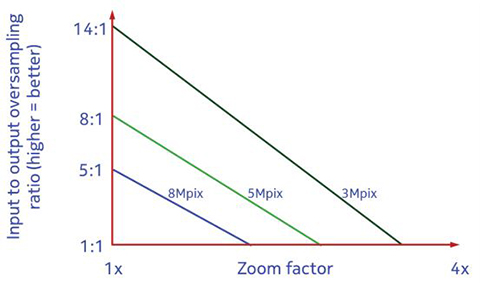
At Nokia 808’s native focal length of 8.02mm (28mm equivalent in 4:3), the 3MP has a better input to output oversampling ratio (14:1) compared to the 38MP’s 1:1 ratio. Taking Nokia’s explanation of how oversampling works in to account, an image taken at lower output resolution (2 or 3MP) should give a user the best possible result compared to other available resolutions (5, 8 and 36 or 38MP).
Here’s a group of pictureswe took at different output resolutions.
Besides improving the image’s signal-to-noise ratio, another benefit that pixel oversampling brings to the table is color accuracy. It aids the camera to produce a more realistic color by making the RGB pixels as close to the real thing as possible, resulting in to a more natural-looking image.
Lossless digital zoom
Another key feature of the Nokia 808’s camera is its zooming capability. Its camera, as with most digital cameras, uses digital zoom instead of optical zoom. The problem with digital zoom, however, is that it’s notorious for producing low quality image due to noise. And the closer you zoom in, the more your image suffers from noise.
But unlike typical cameras, this one zooms in by just selecting the relevant portion of the sensor instead of upscaling and cropping the image. As such, it allows the Nokia 808 to zoom in up to 3.6x on stills and 12x on clips without compromising the quality, hence the term lossless digital zooming. The zoom limit is reached once the selected area has become the same size as the sensor.
You can check out our gallery which contains the photos we took using the Nokia 808 at different zoom lengths.
PureView Pro technology
Resolution, Pixel Oversampling and Lossless Digital Zooming are the three key aspects behind the PureView Pro technology. And now that we have a bit of an overview of how each facet contributes to provide unprecedented image/video quality, let’s now look at the correlation between these three aspects.
Resolution and Zoom dictates the amount of oversampling the camera can apply to an image. If you look at the graph earlier, you’ll notice that the input to output oversampling ratio is at its highest when shooting at the lowest output resolution without zoom (14:1 @2MP) and decreases significantly as the resolution gets higher (8:1 @5MP, 5:1 @8MP and 1:1 @38MP) and the more we zoom in (2x, 3x and 3.6x). Speaking of zoom, resolution also affects the amount of zoom that users can do with the camera. At 2MP, users can zoom in up to 4x, but decreases as the resolution goes higher (5MP = 3x, 8MP = 2x and 38/36MP = 0x).
![]()
In essence, shooting at a lower output resolution with the Nokia 808 gives users the best balance between zoom and oversampling as compared to shooting at the camera’s highest resolution. We’re not saying that the images taken using the camera’s Full Resolution is less pleasing than the ones captured at a lower output resolution. However, a lower output resolution allows users to be more creative with their shots.
Conclusion
It took Nokia more than half a decade to come up with PureView technology, but we have to say that it’s definitely worth the wait. Once again, they’ve outdone themselves as well as their competitors with this remarkable imaging technology.
Nokia’s flagship devices have been known for its outstanding camera and the Nokia PureView 808 is a testament to that. It’ll be interesting to see what the Finnish company has in store for shutterbugs in the coming years and how they can apply the technology to their Lumia handsets the same as they did with the 808 or maybe even better.







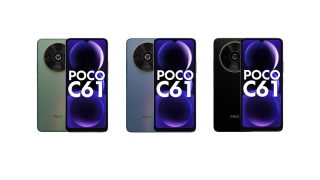
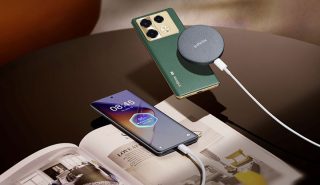
















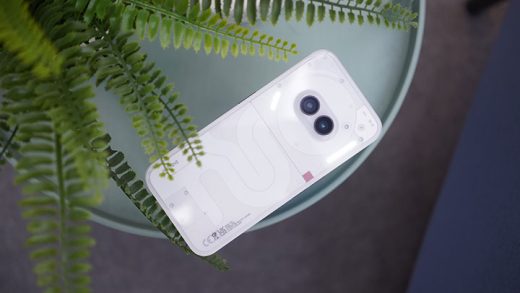
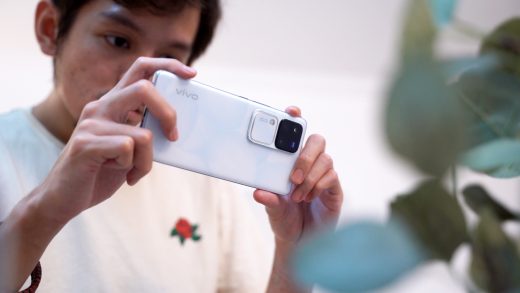
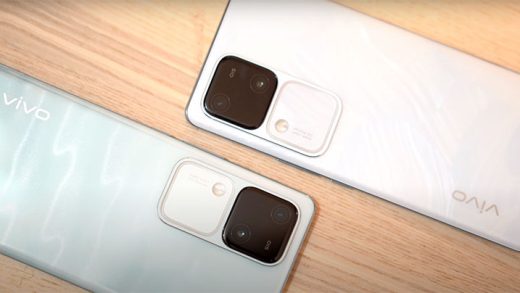





Actually that’s the problem with current Microsoft Windows Phone 8 mobile operating system : it has difficulties in handling the 41MP sensor technology, AFAIR.
sayang lang at hindi Windows OS ang ginamit. All my phones were the best in imaging Nokia has to offer, starting from 6230i, N82, N8 and now looking forward for 808. Ni hindi ko na nagagamit yung point and shoot cam namin eh.
Great article! The Nokia 808 PureView RM-807 “Hyperion” and its technology most likely destined to be in the museum as a limited edition collectors item. Now selling for as low as PHP 18,000.00 in some selected stores, one of the SM Mall of Asia Nokia Store (please verify the price through phone).